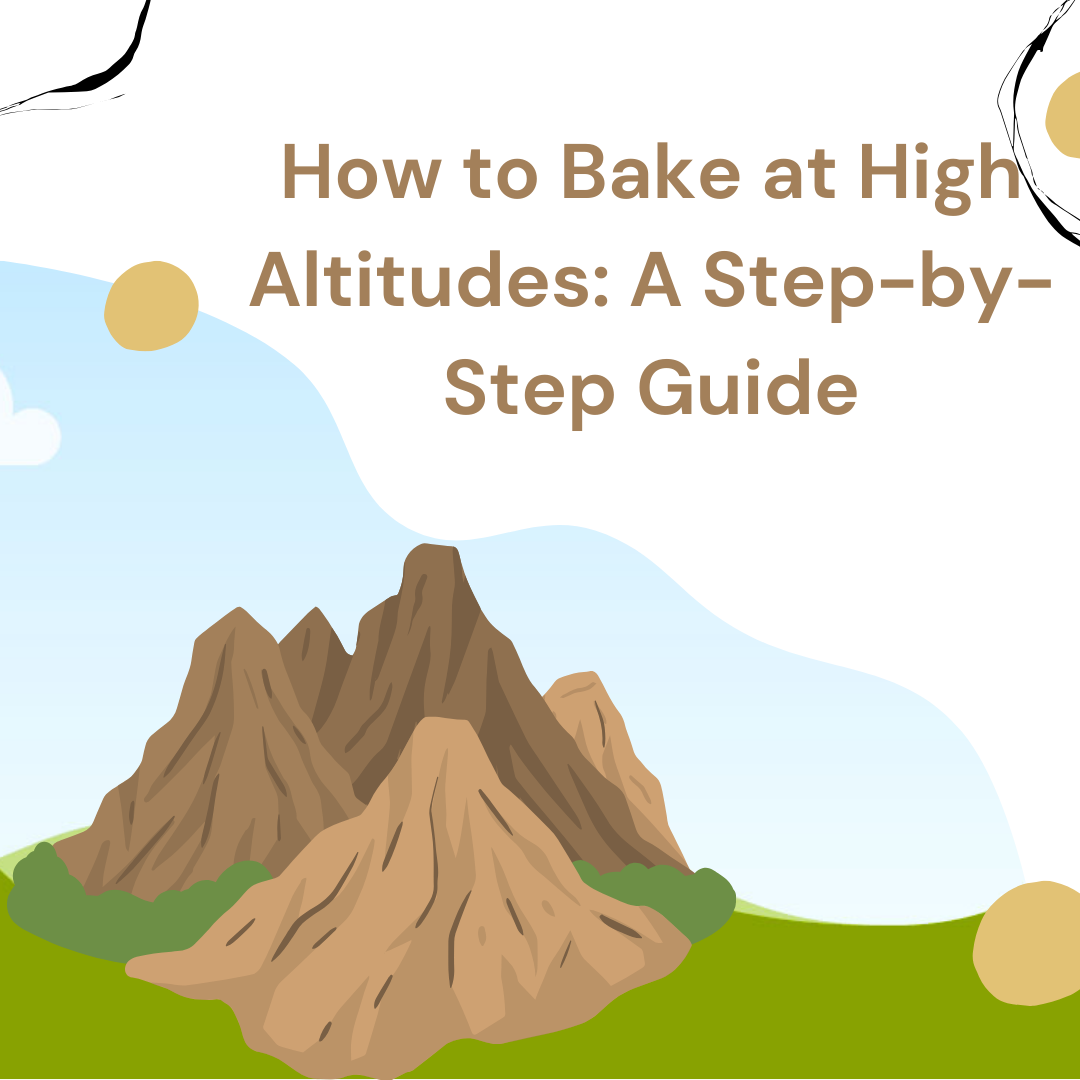
How to Bake at High Altitudes: A Step-by-Step Guide
Introduction
Baking at high altitudes can be challenging, but it’s definitely possible to make delicious baked goods at high altitudes. The key is to adjust your recipes to account for the lower air pressure and higher evaporation rates.
In this blog post, we’ll walk you through the basics of baking at high altitudes, including tips on choosing the right ingredients, troubleshooting common problems, and sharing some delicious recipes that have been specifically adjusted for high altitudes.
Choosing the right ingredients
When baking at high altitudes, it’s important to choose the right ingredients. Some ingredients, such as flour, sugar, and baking powder, can react differently to the lower air pressure and higher evaporation rates.
Here are a few tips for choosing the right ingredients for baking at high altitudes:
- Flour: Use a high-protein flour, such as bread flour or high-gluten flour. This will help to give your baked goods structure.
- Sugar: Reduce the amount of sugar in your recipe by 1-3 tablespoons per cup. This will help to prevent your baked goods from becoming dry and crumbly.
- Baking powder and baking soda: Reduce the amount of baking powder and baking soda in your recipe by 1/4 to 1/3. This is because the lower air pressure at high altitudes causes these ingredients to expand more quickly.
- Other ingredients: For other ingredients, such as eggs, milk, and butter, you can use the same amounts as you would in a recipe at sea level.
Troubleshooting common problems
One of the most common problems with baking at high altitudes is that baked goods can become dry and crumbly. To avoid this problem, be sure to reduce the amount of sugar in your recipe and add a little bit of extra liquid to your batter. You may also want to bake your baked goods for a shorter period of time.
Another common problem with baking at high altitudes is that baked goods can fall flat. To avoid this problem, be sure to use a high-protein flour and reduce the amount of baking powder and baking soda in your recipe. You may also want to add a little bit of extra flour to your batter.
Delicious recipes for baking at high altitudes
Here are a few delicious recipes that have been specifically adjusted for baking at high altitudes:
- High-Altitude Chocolate Chip Cookies: These cookies are soft and chewy, just like regular chocolate chip cookies.
- High-Altitude Brownies: These brownies are rich and fudgy, and they’re perfect for any occasion.
- High-Altitude Banana Bread: This banana bread is moist and flavorful, and it’s a great way to use up overripe bananas.
- High-Altitude Pancakes: These pancakes are fluffy and delicious, and they’re perfect for a weekend breakfast.
- High-Altitude Waffles: These waffles are light and airy, and they’re perfect for a special occasion breakfast.
Conclusion
Baking at high altitudes can be a fun and rewarding experience. With a little practice, you’ll be able to make delicious baked goods at high altitudes that everyone will love.
What is your favorite baked good to make at high altitudes? Share it in the comments below!
Additional notes
I have included a variety of tips in this blog post to help you make baking at high altitudes successfully. I have also included an additional resources section where you can find more recipes for baking at high altitudes.
I hope you enjoy baking and eating your delicious baked goods at high altitudes!
